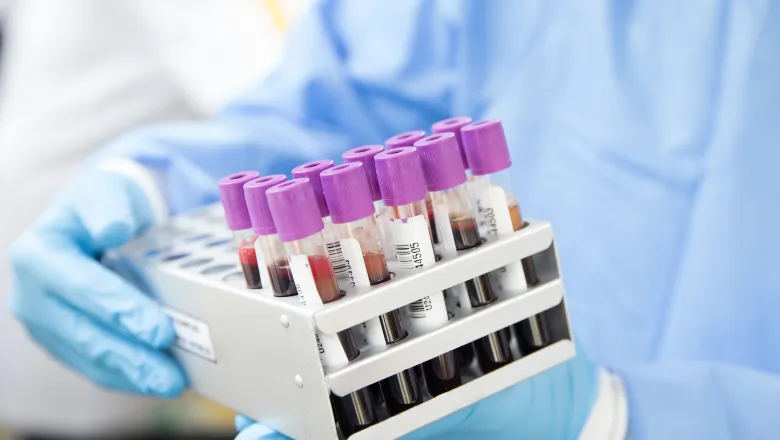Our results are very consistent with what's known about the biological effects of high, toxic exposure to mercury. But what we’re showing here is that sub-toxic mercury exposure leaves a clear molecular signature in the general population. This demonstrates that exposure to these pollutants has effects even at levels far below what is considered safe.”
Professor Kerrin Small, Professor in Genomics at King’s and senior author of the study.
10 February 2025
Low levels of mercury exposure impact molecular processes
A new study reveals the impact of low-level exposure to heavy metals such as mercury on skin tissue.

A study led by researchers at King’s College London, published in Science of The Total Environment, has revealed how even low levels of mercury exposure can disrupt critical molecular processes in the body, particularly in the skin.
Researchers analysed data from over 800 British female twins from the TwinsUK cohort, measuring the levels of three heavy metals – mercury, selenium and lead – in the blood. They then examined whether the levels of these metals were linked to gene expression in three key tissues: blood, fat (adipose) and skin.
Unlike high-dose studies, this research explored the molecular effects of subtle, sub-toxic heavy metal exposure, offering a more realistic understanding of how day-to-day exposure to environmental pollutants impacts the body in the general population.
Tissue-specific impacts
One of the key findings of the study was the strong association between mercury levels and changes in molecular processes in skin, whereas no such effects were observed in blood or adipose tissue. The changes in skin tissue were most pronounced in genes linked to mitochondrial function. Mitochondria, often referred to as the “powerhouses” of the cell, play a crucial role in energy metabolism.
The study didn’t explore the potential health impacts of these molecular changes, but the findings highlight the importance of exploring low-level pollutant exposure and its cumulative effects over time. The findings also suggest that multi-tissue analysis could be a crucial tool for understanding the broader biological impacts of pollution.
Mercury exposure disrupts mitochondrial function, and skin may be particularly vulnerable to exposure due to its high energy demands and direct exposure to the environment. We have seen a link with mercury levels and molecular changes in the skin, but the health impacts of this remain unclear, making it an important area for future research.”
Dr Alan Hodgkinson, Senior Lecturer at King’s and co-author of the study.
Building on this research, the team plans to expand the study to a larger cohort, aiming to explore additional molecular markers in the body linked to heavy metal exposure.
Read the full paper here.


